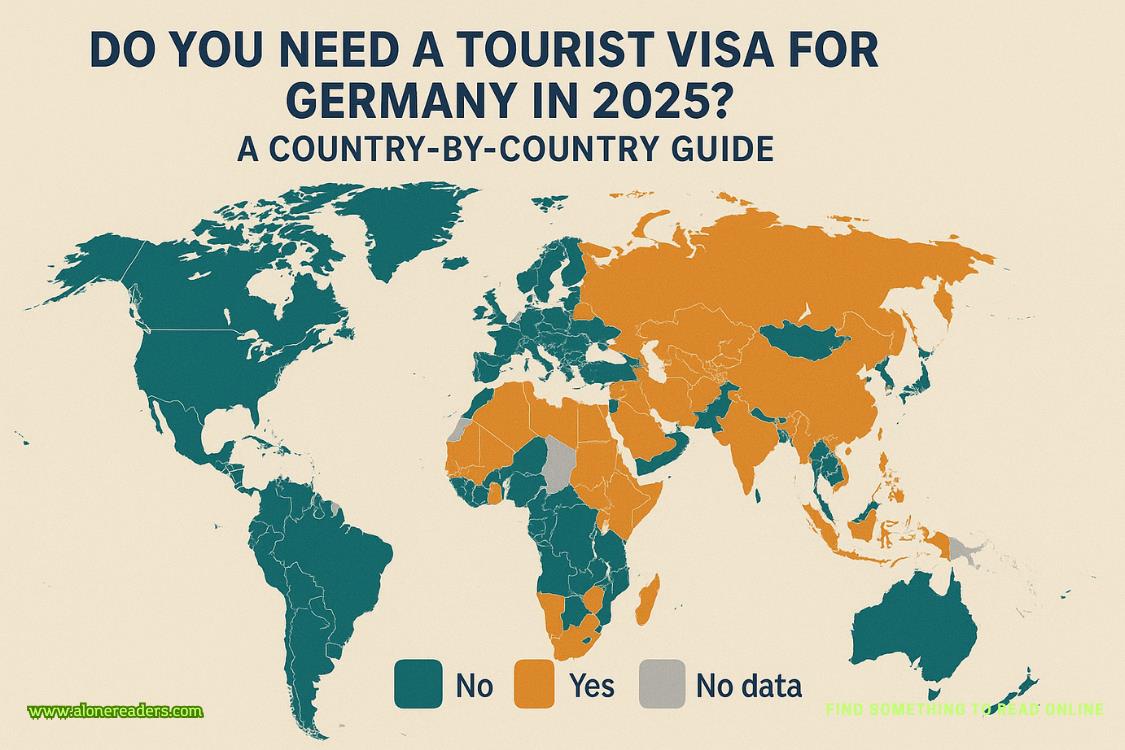Page 21 of Holmes, Margaret and Poe
The video backed up and froze, showing the fuzzy silhouette of the driver through tinted windows. The image was placed below the 18:44:02 time stamp.
Another image appeared, a police sketch of a man wearing a Baltimore Ravens hoodie and a respirator that partiallyobscured his features. His eyes, behind safety goggles with heavy frames, were almond-shaped.
Ned said, “You’re looking at a rendering of the man Fairfax County Sheriff deputy Iris Blaine encountered last night when she went to lock the gate at Gravelly Point Park. The suspect said he was there to spray chemicals for insect control but wanted to be home watchingMonday Night Football. She left after he said he had the key to the gate, and she checked the license plate, which was National Park Service–issue.”
Deputy Blaine described the suspect as a big man, well over six feet tall and more than two hundred pounds, though that had been hard to judge because of the tan coverall he wore over the hoodie.
“With the mask and the goggles and the hood up, she wasn’t entirely sure of his ethnicity, other than that he wasn’t pale, and he wasn’t Black,” Mahoney said. “And before you come down on the deputy for not being more suspicious, let me say she has an exemplary record and is devastated she didn’t check him out further. And no, unfortunately, she wasn’t running her dash cam.”
The sketch was placed beneath the time stamp 19:01:20.
A new video appeared beneath the time stamp 19:59:49. It showed American 839 coming in from the perspective of the airport tower. The landing lights were visible first; they were followed by four orange tracer rounds rising off Gravelly Point at 20:02:02. These appeared to strike the jet; it wobbled across the water, touched down on the tarmac, and lurched to one side, which provoked gasps from me, Sampson, and a dozen others in the tent.
John would later say it was like watching a football player coming down wrong. You just knew bones were about to break and shatter.
On the screen, sparks flew from beneath the jet’s nose, and then the entire plane swung hard and started flipping down the runway, shedding landing gear and wings and fuselage pieces and body parts before it exploded in a fireball. The video stopped at 20:02:14.
“Twelve seconds,” Sampson whispered in shock. “That’s all it took.”
I nodded, my stomach sinking. I hung my head at the speed and size of the tragedy, feeling sick and then rageful.Why would someone machine-gun a commercial jet? Who does this kind of thing? And why? No one’s claimed it. Why not?
Before my brain could start spitting out a laundry list of possible suspects and possible answers to these questions, another time stamp appeared on the big screen above a video feed of the camera that caught the van parking.
At 20:02:01, things started to fly and flash on the surface of the parking lot.
“Those are fifty-caliber casings,” Mahoney said. “And here comes the shadow of the plane passing overhead and the brilliance of the crash. Wait for it.”
For several moments there was nothing on that camera feed that suggested the nightmare unfolding on the runway other than flashes and flares of light against the glow of the parking lot’s sodium lamp. Then at 20:02:16, two seconds after the wreckage of the burning jet stopped moving on the runway, the van exploded and snuffed out the feed.
CHAPTER 22
BEFORE ANYONE COULD COMMENT,Mahoney said, “ATF? What is there to add?”
Alice Kershaw of the Bureau of Alcohol, Tobacco, Firearms and Explosives stood. Another agent brought her a microphone.
She said, “The bomb was sophisticated. The details are in our preliminary report, but the way it was built and triggered and the components used suggests extensive training with explosives in the military or in heavy construction or both.”
“U.S. military?” Mahoney asked.
“Can’t say yet,” Kershaw said. “But the bomb aside, the remote-control system for the machine gun he used was as sophisticated as the bomb. Maybe more.”
“Maybe more,” Mahoney said. He looked around the tent, then fixed his eyes on me. “Alex? Based on this timeline and what we know, what can we say about him?”
Now I understood why Ned had insisted that I leave the Dead Hours murder scene and attend the briefing. A lifetime ago, Mahoney and I were members of the FBI’s Behavioral Science Unit — the serial-killer hunters. I have a PhD in psychology from Johns Hopkins University and I worked for the unit as a profiler, taking clues as they were found and fitting them into an evolving character study that gave us insight into various aspects of the unknown killer’s personality, traits, and thinking.
Someone brought me a microphone as I studied the timeline and tried to see it all happening in sequence before I began to imagine the mind behind the carnage.
“He could be part of an organized terror group, but I’m leaning toward a lone wolf,” I said. “If he was part of a terror group, I think we would have heard from them in some manner by now. Until that happens, I’m going with a single person acting solo.”
“What else?”
“If he’s solo, then he could have, as Agent Kershaw said, extensive explosive training with the military or with a commercial blast firm. Unless he was trained in the Middle East?” I said this more to Kershaw than Mahoney.
The ATF agent said, “If he was, he was trained by a topflight bomb builder. This was no ordinary roadside IED, or at least it carried no signatures that would suggest construction associated with a known jihadist group.”
Sampson raised his hand. I handed him the microphone.
“Who’s to say this isn’t someone who defused bombs for us in Afghanistan or Iraq?” he said. “I mean, it takes one to know one, right?”















